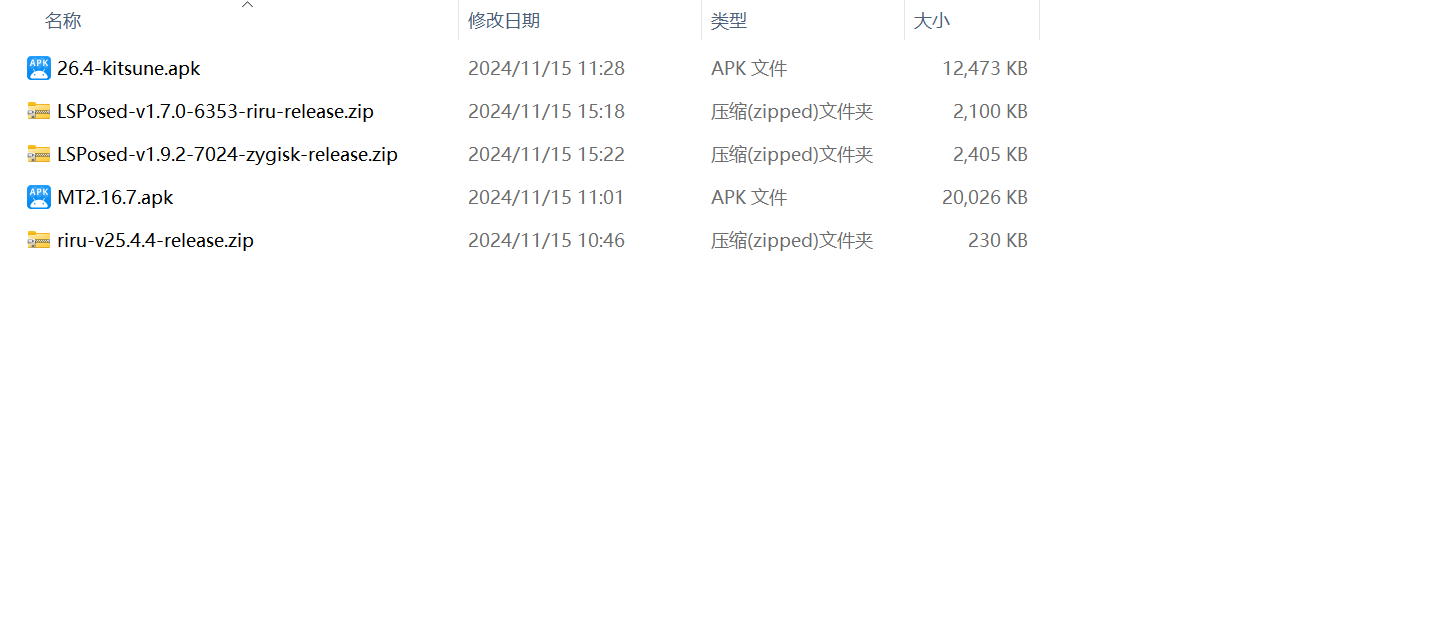这里写目录标题
- 单个文件测试方法
- 执行测试套件的子集
- 测试名称的子字符串
- 根据应用的标记进行选择
- 其他常见的测试命令
pytest框架的使用示例
pytest将运行当前目录及其子目录中test_*.py或 *_test.py 形式的所有 文件
文件内的函数名称可以test* 或者test_* 开头

单个文件测试方法

F 代表测试失败,点 (.) 代表测试成功。
-q选项会让pytest以“quiet”模式运行,这意味着它将减少输出的日志信息,只显示测试结果的摘要。pytest 命令将执行所有格式的文件test_*要么_test*在当前目录和子目录中
- 指定文件运行
pytest test_xx.py

- 指定类实例名称运行
pytest -k TestClassDemoInstance -q
class TestClassDemoInstance:value = 0def test_one(self):self.value = 1assert self.value == 1def test_two(self):assert self.value == 1
以下是命令 pytest -k TestClassDemoInstance -q 的详细解释:
pytest:这是调用Python测试框架的命令。-k TestClassDemoInstance:这个参数告诉pytest只运行测试名称包含TestClassDemoInstance的测试用例。【表示要在测试名称中搜索的子字符串】这可以是完整的测试函数名,也可以是类名或部分名称。-q:这是pytest的一个命令行选项,表示“quiet”,即减少控制台输出。TestClassDemoInstance:这是你想要运行的测试类或测试函数名称的一部分。
执行这个命令后,pytest 会搜索所有测试文件,查找名称中包含 TestClassDemoInstance 的测试用例,并只运行这些测试。【截至目前运行的测试文件,只有一个文件含有TestClassDemoInstance 实例】测试结果将以简洁的格式输出,通常只包含测试的总数和失败的测试数量。
- 查看详细的运行信息
pytest -v test_square.py
import mathdef test_sqrt():num = 25assert math.sqrt(num) == 5def testsquare():num = 7assert 7*7 == 40def tesequality():assert 10 == 11

执行测试套件的子集
Pytest 提供了两种方法来运行测试套件的子集:
- 根据测试名称的子字符串匹配选择要运行的测试。
- 根据应用的标记选择要运行的测试组
测试名称的子字符串
- 测试文件所在目录内容下的文件

测试函数中只包含great字样的两个测试的文件内容如下 :
# test_square.py文件
import mathdef test_sqrt():num = 25assert math.sqrt(num) == 5def testsquare():num = 7assert 7*7 == 40def tesequality():assert 10 == 11def test_greater_num():num = 100assert num == 100# test_compare.py文件
def test_greater():num = 100assert num > 100
def test_greater_equal():num = 100assert num >= 100
def test_less():num = 100assert num < 200
- 执行测试

1 failed, 2 passed, 11 deselected in 0.12s 在结果中,我们可以看到 11 个测试被取消选择。这是因为那些测试名称不包含单词great在他们之中
根据应用的标记进行选择
类似于装饰器的作用,使用的方式如下
@pytest.mark.<markername>
- 执行
pytest -m <markername> -v
import pytest@pytest.mark.great
def test_greater():num = 100assert num > 100@pytest.mark.great
def test_greater_equal():num = 100assert num >= 100@pytest.mark.others
def test_less():num = 100assert num < 200

其他常见的测试命令
- 安装 pytest…
- 识别测试文件和测试功能。
- 使用 pytest -v 执行所有测试文件。
- 使用 pytest -v 执行特定文件。
- 通过匹配 pytest -k -v 的子字符串执行测试。
- 基于标记 pytest -m <marker_name> -v 执行测试。
- 使用 @pytest.fixture 创建夹具。
- conftest.py 允许从多个文件访问固定装置。
- 使用 @pytest.mark.parametrize 参数化测试。
- 使用 @pytest.mark.xfail 进行 Xfailing 测试。
- 使用 @pytest.mark.skip 跳过测试。
- 使用 pytest --maxfail = 在 n 次失败时停止测试执行。
- 使用 pytest -n 并行运行测试。
使用 @pytest.mark.parametrize 参数化测试。 - 使用 @pytest.mark.xfail 进行 Xfailing 测试。
- 使用 @pytest.mark.skip 跳过测试。
- 使用 pytest --maxfail = 在 n 次失败时停止测试执行。
- 使用 pytest -n 并行运行测试。
- 使用 pytest -v --junitxml = “result.xml” 生成结果 xml。







